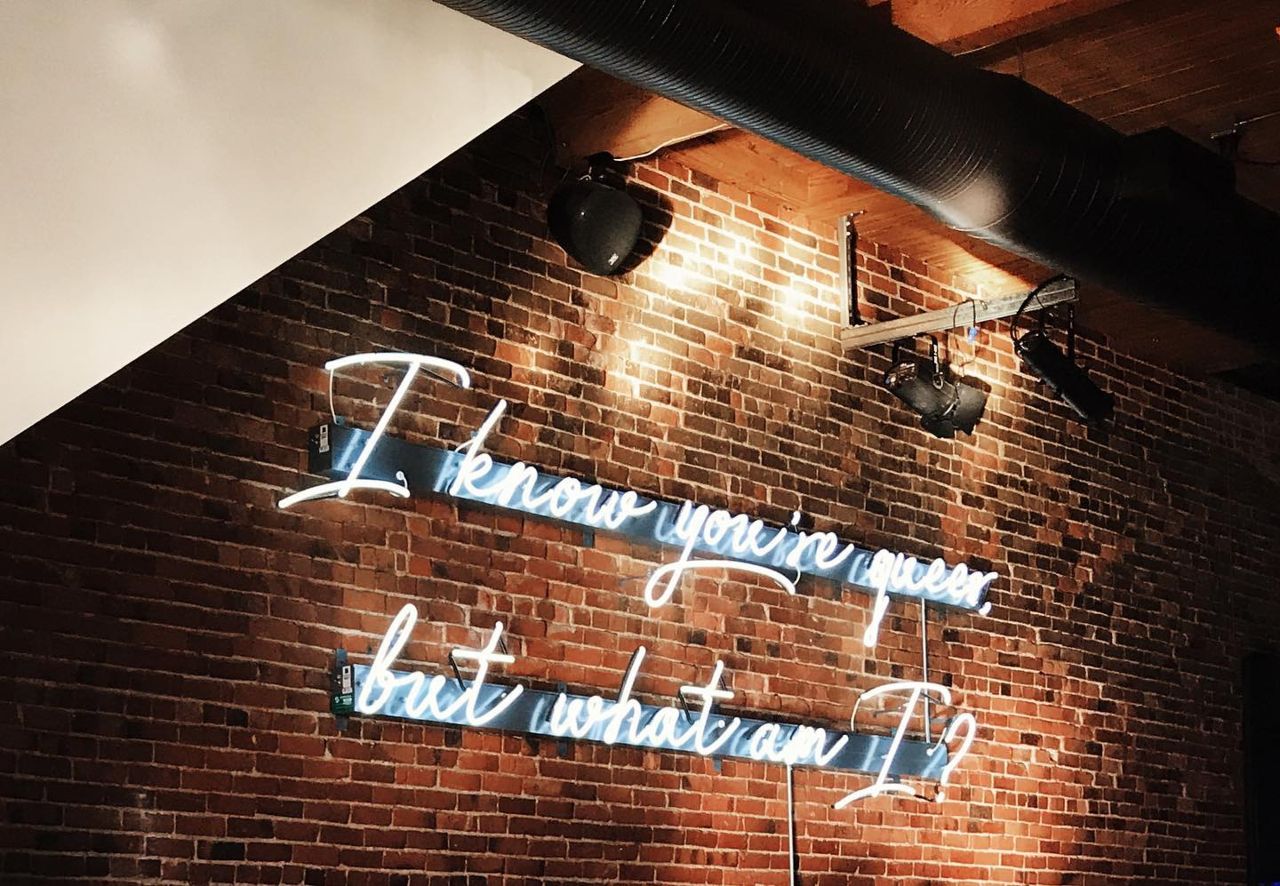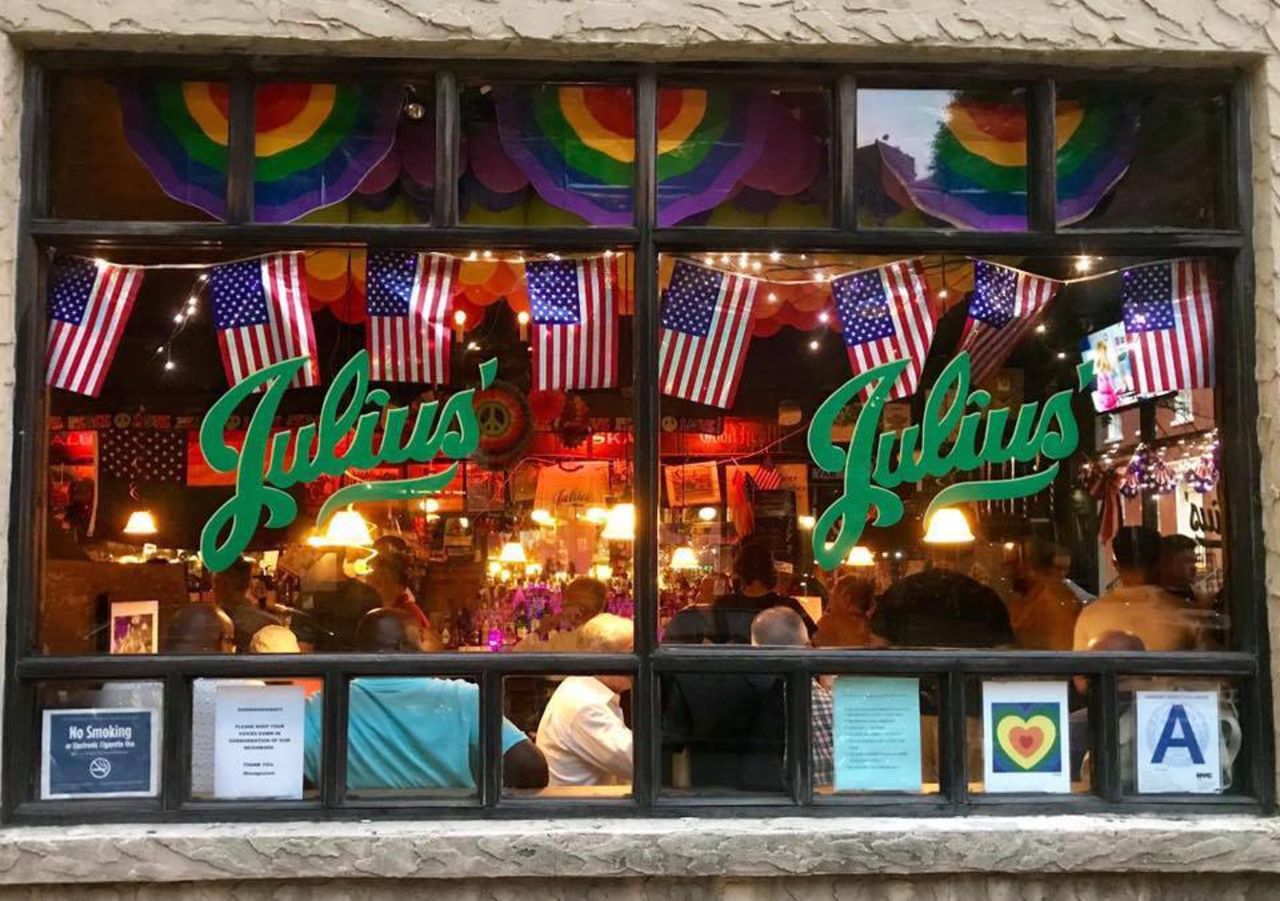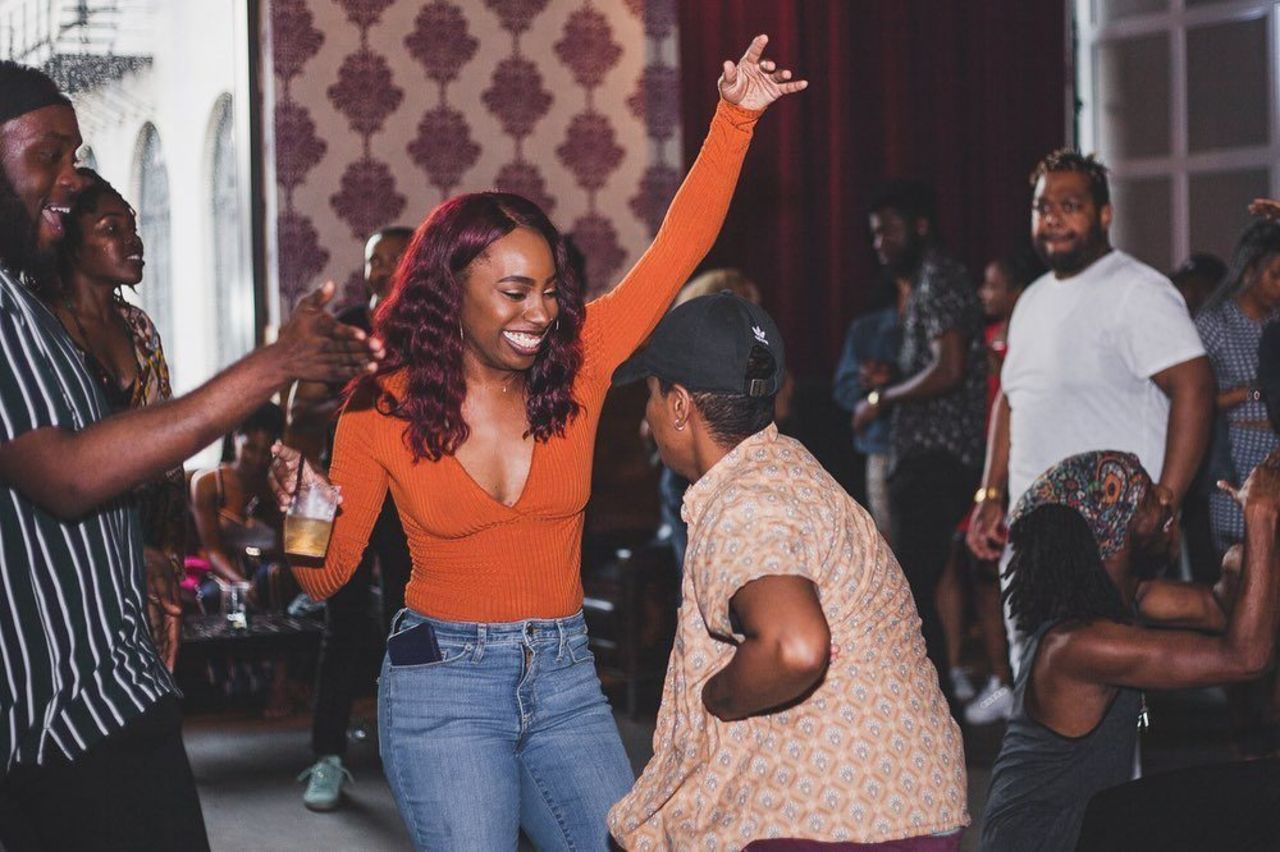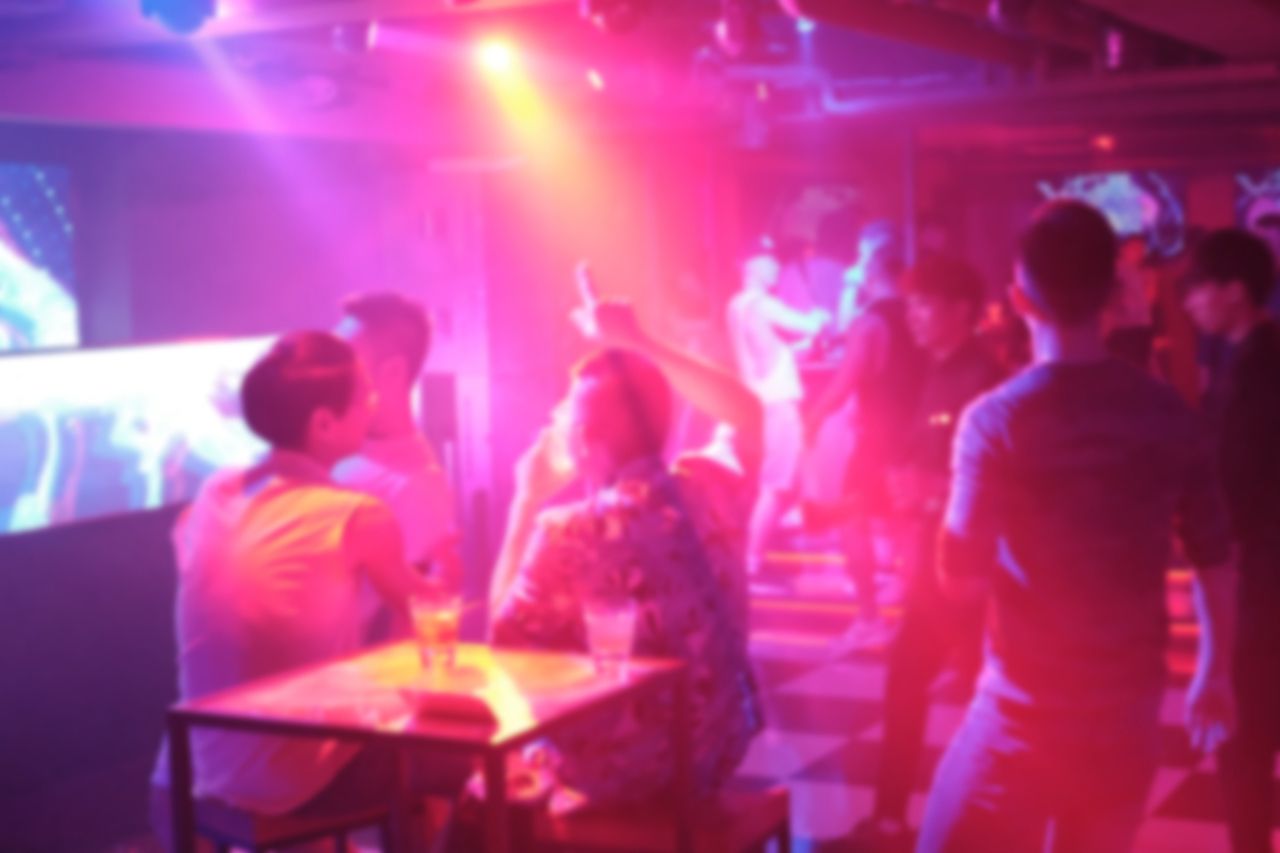On May 31, 2020, drag queen VivvyAnne ForeverMore took to Twitch in a black gown with exaggerated mutton sleeves and addressed an unseen crowd. “Queerly beloved, we are gathered here today to mourn the death of a 54-year-old who was taken from us too soon,” she began.
What followed was an hours-long funeral — not for a person, but for The Stud — a beloved San Francisco gay bar forced to close during the pandemic. The bar began operating in 1966, one year before the original Stonewall Inn opened its doors across the country. Bartenders started slinging drinks from The Stud’s latest SOMA location in 1987. It was one of the oldest LGBTQ establishments in the United States.





